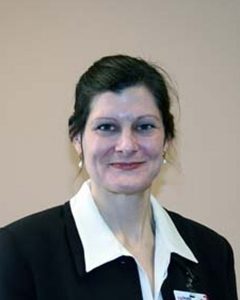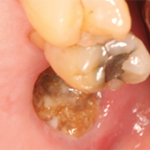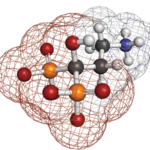
Dr. Hansen
ACR CONVERGENCE 2020—Bisphosphonates are an important treatment for millions of older Americans with osteoporosis because the drugs inhibit osteoclastic bone resorption to reduce the risk of painful, debilitating fractures.1
More than 20 years ago, data emerged that bisphosphonates have a long terminal half-life.2 So after years of therapy, could some patients take a drug holiday? At the ACR Convergence 2020 session Bone for the Holidays: Antiresorptives, Atypical Fractures and Other Adverse Events, osteoporosis experts shared updated treatment recommendations on bisphosphonate holidays and discussed serious, atypical fractures that affect a small number of patients who take bisphosphonates and even those who have discontinued therapy.
Bisphosphonate holiday benefits include a reduced risk of such side effects as osteonecrosis of the jaw, subtrochanteric fractures and gastric irritation, although one concern is patients could have another fracture, said rheumatologist Karen E. Hansen, MD, MS, professor of medicine at the University of Wisconsin School of Medicine and Public Health, Madison.
“A person taking a drug holiday might have a decline in bone density or may be lost to follow-up and then have a fracture. They may reduce their adherence to a bone-healthy lifestyle—including exercise, adequate calcium and vitamin D intake, and avoidance of bone toxins like alcohol and tobacco,” Dr. Hansen said.
Fracture Risk Differences
Two major trials explored holiday benefits and risks. In an extension trial of 2,629 post-menopausal women who had already received three annual doses of intravenous zoledronic acid, participants received either three more years of zoledronate or placebo.3 Women who continued zoledronic acid had fewer vertebral fractures, but other fractures were not reduced, and the absolute difference in fracture risk between the two groups was 3%, small but significant.
In another trial, 3,236 post-menopausal women who had previously taken three or more years of alendronate and who also had either stable or increased hip T-score above -3.5 were recruited for an extension trial. After some exclusions, 1,099 women were randomized to receive either alendronate or placebo for five or 10 more years. The primary outcome for this trial was total hip bone mineral density, which did drop slightly in the placebo group. But bone density was maintained in the trochanter and femoral neck bones, and it also rose in the lumbar spines of patients in the placebo group.4
“What was fascinating was that there was no difference in radiographic vertebral fractures or non-spine fractures whether the women took alendronate for five or 10 years,” said Dr. Hansen. “There was a small difference in painful compression fractures in this trial, with a benefit to continue alendronate.”

